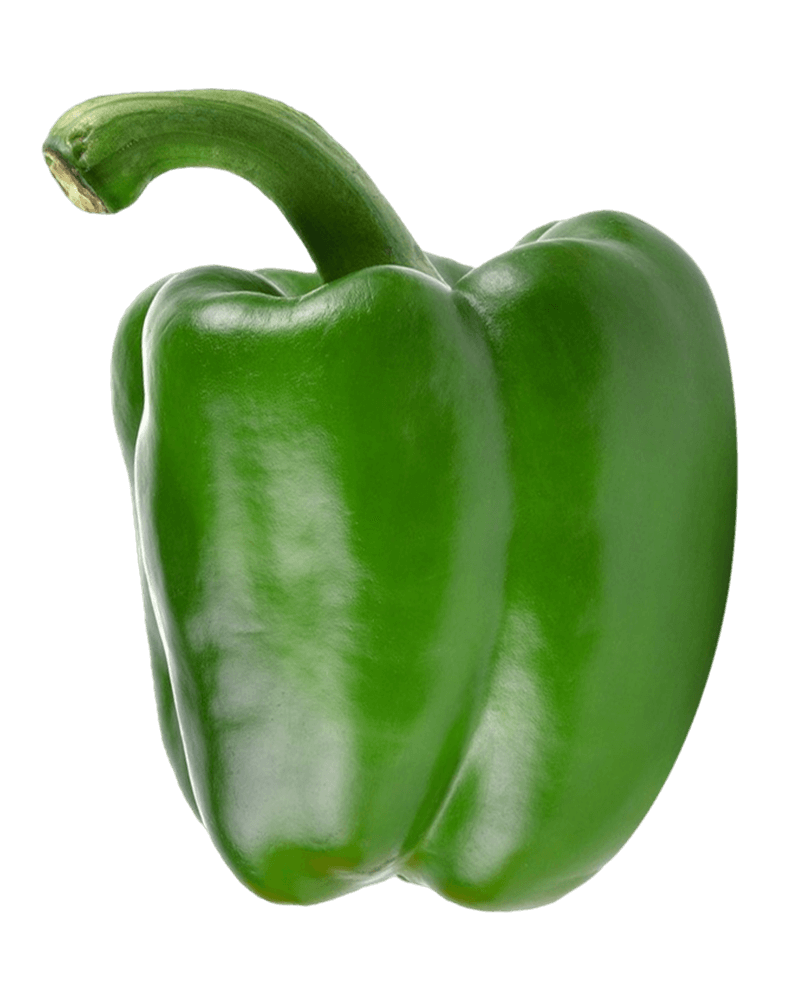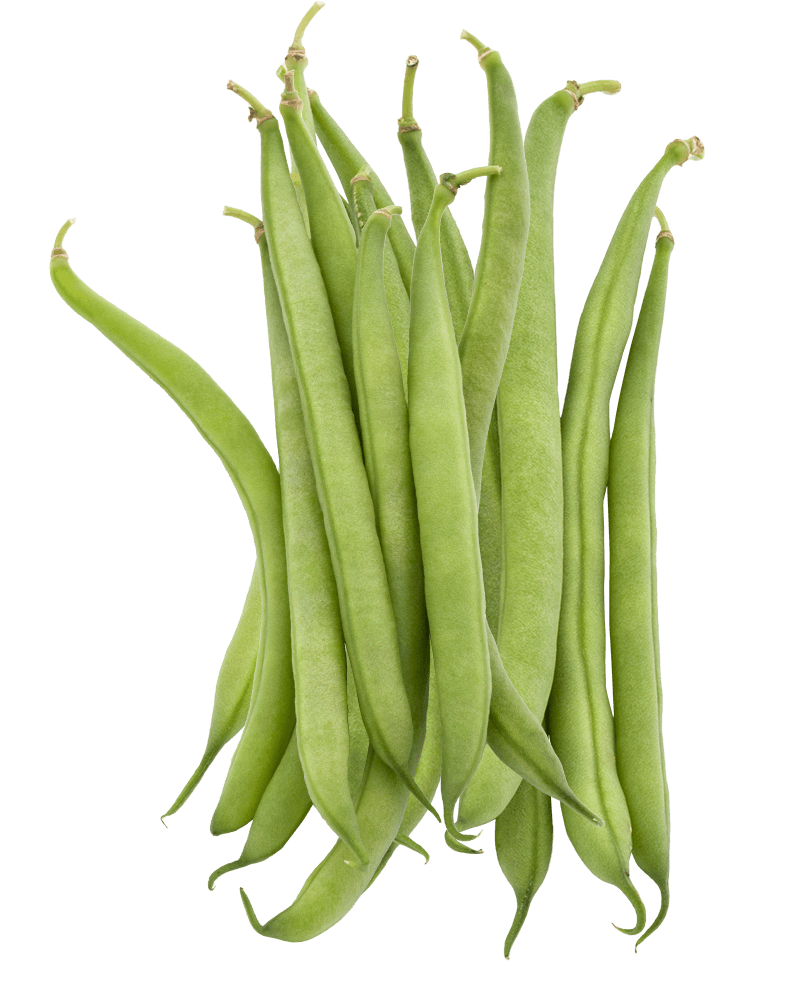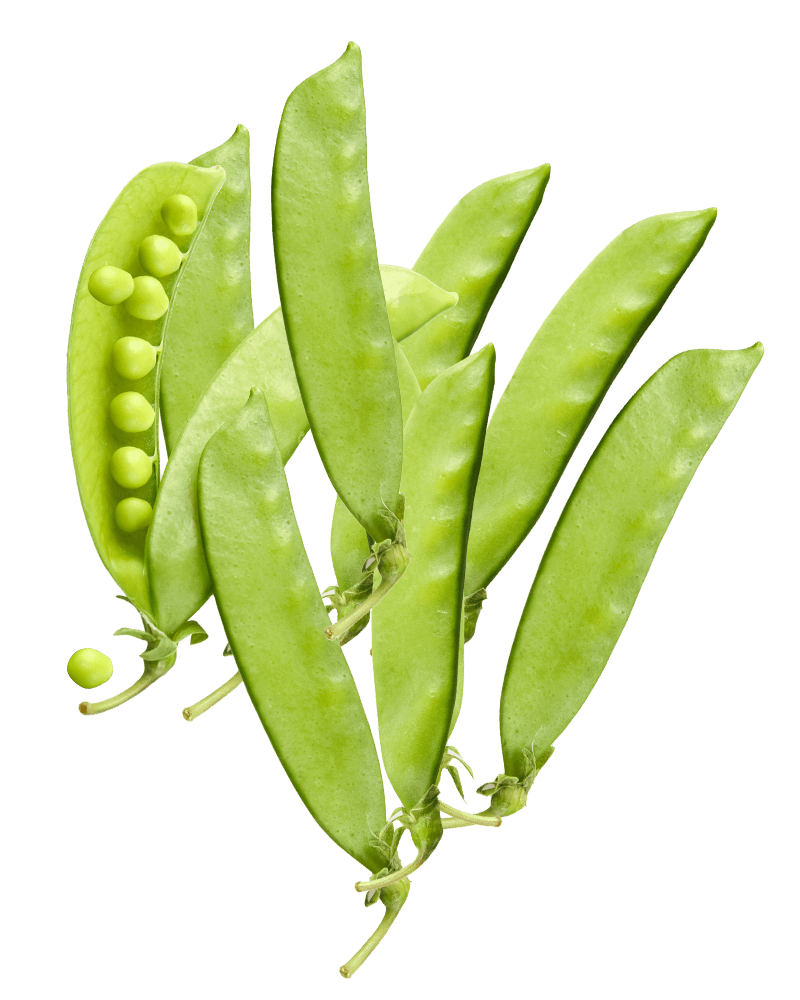
Our Products
We’re passionate about providing you with the freshest and highest quality produce. Our carefully curated selection features a variety of fruits and vegetables sourced directly from local farmers.

Green Asparagus
Green asparagus is a slender, spear-like vegetable with a tender yet crisp texture and a slightly earthy, grassy flavor. The tips are delicate, and the stalks range from pale green to deep emerald in color. The vibrant green color comes from chlorophyll, which is retained by minimizing exposure to sunlight during growth. Asparagus spears are typically harvested when they are about 6-8 inches tall, ensuring tenderness and optimal taste.
How to Pick
- Firmness: Choose asparagus that is firm and straight, with no limp or mushy stalks.
- Color: Look for a vibrant green color with tight, compact tips. Avoid stalks with yellowing or dark spots.
- Size: Thinner stalks are generally more tender and flavorful, though size preference can vary based on the cooking method.
How to Store
- Refrigeration: Trim about an inch off the bottom of the stalks and place them upright in a jar or glass with about an inch of water, covering the tops loosely with a plastic bag. Store in the refrigerator.
- Alternative Method: Wrap the ends in a damp paper towel and place them inside a plastic bag in the crisper drawer.
- Shelf Life: Best consumed within 3-5 days for optimal freshness.

Green Bell Peppers
Green bell peppers are a staple in many cuisines worldwide, belonging to the species Capsicum annuum. They are harvested before they ripen to other colors like red, yellow, or orange, which results in their characteristic slightly bitter taste. Green bell peppers have a thick, glossy skin that encases a hollow interior filled with small, edible seeds. They are crunchy and have a juicy texture, making them a versatile ingredient in both raw and cooked dishes.
How to Pick
- Firmness: Select peppers that are firm to the touch without any soft spots or wrinkles.
- Color: Choose bright, glossy green peppers without any discoloration or blemishes.
- Weight: Heavier peppers typically have a higher water content and better texture.
How to Store
- Refrigeration: Store green bell peppers in the vegetable crisper drawer of the refrigerator, preferably in a plastic bag with some air circulation.
- Shelf Life: They can last up to 1 week when stored properly.
- Note: Avoid washing before storage to prevent moisture-related spoilage; wash just before use.

French Beans
French beans, also known as haricots verts, are slender, tender green beans that are typically longer and more delicate than standard green beans. With their sweet, mild flavor and elegant appearance, they are a versatile ingredient used in a variety of dishes, from simple sautéed sides to elegant gourmet meals.
How to Pick
- Length and Shape: Look for thin, straight pods without any bends or cracks. The beans inside should be small and undeveloped.
- Color: Bright, vivid green with a glossy appearance.
- Firmness: Pods should feel crisp and snap easily when bent.
How to Store
- Refrigeration: Place French beans in a perforated plastic bag or wrap them in a damp paper towel and store in the refrigerator’s crisper drawer.
- Shelf Life: Best used within 3-5 days for optimal texture and flavor.

Green Beans
Green beans are versatile, tender pods that can vary in size and thickness. They are harvested before the seeds inside fully mature, ensuring tenderness and preventing the pods from becoming tough. They have a fresh, grassy flavor and are commonly used in a wide range of culinary applications, from steaming to stir-frying.
How to Pick
- Appearance: Choose beans that are uniform in size and color, bright green without yellowing.
- Texture: Should be firm and crisp, without any signs of shriveling or soft spots.
- Pods: Ensure pods are snap-tight with no signs of drying or brittleness.
How to Store
- Refrigeration: Store green beans in a plastic bag or container in the refrigerator’s crisper drawer.
- Shelf Life: They remain fresh for up to a week when stored properly.
- Preparation Tip: Remove any rubber bands or strings before storing to prevent moisture buildup.

Green Peas
Green peas, also known as garden peas or English peas, are small, round legumes originating from the Mediterranean region. They are typically available fresh, frozen, or canned and are a staple in various cuisines worldwide. Fresh green peas are enclosed in a thin, inedible pod, which is usually removed before consumption.
How to Pick
- Appearance: Choose peas that are bright green and plump, indicating freshness and sweetness.
- Pods: If selecting fresh podded peas, look for firm, smooth pods without any signs of yellowing, wrinkling, or splitting.
- Texture: The peas inside should feel firm and not mushy or shriveled.
How to Store
- Refrigeration: Store fresh green peas in the refrigerator. If in the pod, keep them in a perforated plastic bag or wrap them in a damp paper towel and place them in the crisper drawer.
- Shelf Life: Fresh green peas are best consumed within 2-3 days for optimal flavor and texture.
- Shelling Fresh Peas: To extract fresh peas, snap off the ends of the pod and gently squeeze or pull apart to release the peas.

Snow Peas
Snow peas, are a type of edible-pod pea characterized by their flat, tender pods and small, undeveloped peas inside. Originating from Southeast Asia, snow peas are a staple in many Asian cuisines, particularly in Chinese, Japanese, and Thai dishes. Unlike snap peas or garden peas, snow peas are harvested while the pods are still flat and the peas inside are not fully developed, making the entire pod edible and crunchy. They have a sweet, mild flavor with a crisp texture that remains firm even after cooking, making them ideal for a variety of culinary applications.
How to Pick
- Appearance: Choose snow peas that are bright green and glossy, indicating freshness and high nutrient content.
- Size: Smaller to medium-sized pods are generally more tender and have a sweeter flavor. Very large pods may be tougher and less flavorful.
- Texture: Ensure the pods are firm and not limp or mushy, which can be signs of age or improper storage.
- Ends: The ends of the pods should be intact and not dried out or shriveled.
How to Store
- Refrigeration: Store snow peas in the refrigerator’s crisper drawer to maintain optimal humidity and temperature. Place them in a perforated plastic bag or wrap them loosely in a damp paper towel before placing them in a plastic bag. This helps retain moisture while allowing for air circulation.
- Shelf Life: Fresh snow peas are best consumed within 3-5 days for maximum freshness and texture.

Sugar Snaps
Sugar snap peas, or sugar snaps, are sweet, crisp pods that are a cross between snow peas and garden peas. They have a plump appearance and are eaten whole, including the pod, offering a delightful crunch with every bite. Packed with vitamins and minerals, they are a nutritious and delicious addition to any meal.
How to Pick
- Pods: Select pods that are firm, plump, and free from wrinkles or blemishes.
- Color: Bright green with a glossy sheen, indicating freshness.
- Texture: Should feel crisp when gently squeezed.
How to Store
- Refrigeration: Place sugar snap peas in a perforated plastic bag or container and store in the refrigerator’s crisper drawer.
- Shelf Life: They stay fresh for up to a week.
- Tip: Keep them dry to prevent mold; avoid washing until ready to use.

Baby Broccoli
Baby broccoli, commonly known as broccolini, is a tender hybrid of broccoli and Chinese kale (gai lan). Broccolini features long, thin stalks and small florets, making it more delicate and sweeter than traditional broccoli. Its vibrant green color and subtle peppery flavor make it a favorite in both casual and fine dining settings.
How to Pick
- Stalks: Look for long, straight, and firm stalks without any signs of softness or discoloration.
- Florets: Should be compact, bright green, and free from yellowing.
- Texture: Avoid any limp or wilted heads.
How to Store
- Refrigeration: Store baby broccoli in a plastic bag or container in the refrigerator’s crisper drawer.
- Shelf Life: Best consumed within 3-5 days for maximum freshness.
- Preparation Tip: Trim any rough ends before storage to prolong freshness.

Baby Corn
Baby corn consists of immature corn ears harvested early before the kernels have fully developed. They are small, tender, and crunchy with a mild, sweet flavor, commonly used in Asian cuisine. Unlike mature corn, baby corn is entirely edible, including the cob, making it a versatile addition to salads, stir-fries, and pickled dishes.
How to Pick
- Pods: Select baby corn with bright green husks and plump, firm ears.
- Size: Should be small and slender, typically about 2-4 inches long.
- Texture: Pods should feel firm and not rubbery or slimy.
How to Store
- Refrigeration: Store baby corn in a sealed plastic bag or container in the refrigerator.
- Shelf Life: Fresh baby corn can last up to a week. Canned or jarred varieties should be stored according to the packaging instructions, typically in a cool, dry place.
- Note: Rinse fresh baby corn before use, but store dry to prevent moisture buildup.

Baby Carrots
Baby carrots are small, tender carrots that are either naturally young or cut and shaped from larger carrots. Originally developed as a convenient snack, baby carrots have become a popular choice for their sweet flavor, crunchy texture, and ease of use in various culinary applications. They retain the vibrant orange color and rich beta-carotene content of their larger counterparts.
How to Pick
- Appearance: Choose carrots that are uniform in size and color, without any cracks or blemishes.
- Texture: Should feel firm and smooth, free from any soft spots or dryness.
- Color: A vibrant orange hue indicates freshness and sweetness.
How to Store
- Refrigeration: Keep baby carrots in their original packaging or transfer them to an airtight container or a plastic bag with a paper towel to absorb excess moisture. Store in the refrigerator’s crisper drawer.
- Shelf Life: They can last up to 2 weeks when stored properly.
- Preparation Tip: Rinse and dry before storage if they aren’t pre-washed.

Brussels Sprouts
Brussels sprouts are small, cabbage-like vegetables that grow along a thick, central stalk. Originating from Belgium (hence the name), they are a member of the Brassica family, which also includes broccoli, cauliflower, and kale. Brussels sprouts have a slightly nutty, earthy flavor that becomes sweeter and more robust when roasted or sautéed. Each sprout is compact, with tightly packed leaves that can range in color from bright green to deep purple.
How to Pick
- Appearance: Choose sprouts that are firm, tightly closed, and bright green. Avoid those with yellowing, browning, or loose leaves.
- Size: Medium-sized sprouts are typically more tender and flavorful than very large ones.
- Texture: Should feel dense and solid, without any signs of shriveling or softness.
How to Store
- Refrigeration: Store Brussels sprouts in a perforated plastic bag or breathable container in the refrigerator’s crisper drawer.
- Shelf Life: They can remain fresh for up to 2 weeks.
- Preparation Tip: Trim the base and remove any damaged outer leaves before cooking, but store them whole until ready to use to maintain freshness.

Square One Farms, LLC
1580 Sawgrass Corporate Parkway Suite 402
Sunrise, FL 33323
Email: [email protected]
Phone: 561.614.2814
Site Map
> About Us
> Our Values
> Food Safety
> Social Responsibility
> Square One Cares
> Our Products
> Our Reach
> Contact